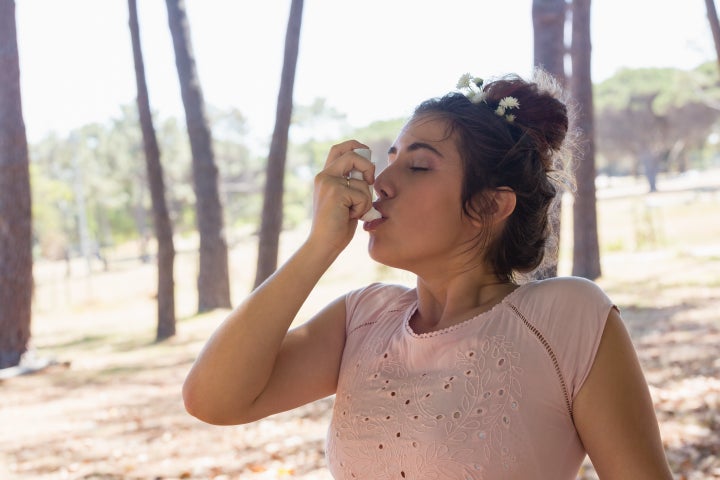Children given paracetamol during their first two years of life may be at a higher risk of developing asthma by the age of 18, a new study suggests.
The research, presented at the European Respiratory Society International Congress on Monday, suggested the link between paracetamol use and asthma was strongest in those who had a particular variant of the glutathione S-transferase (GST) gene, GSTP1.
But the authors wanted to stress that the findings showed only an association between paracetamol and asthma, not that paracetamol caused the lung condition.
Paracetamol is used to treat children’s illnesses such as headache, stomach ache and cold symptoms. The most common brand in the UK is Calpol.
“Our findings provide more evidence that paracetamol use in infancy may have an adverse effect on respiratory health for children with particular genetic profiles and could be a possible cause of asthma,” said Xin Dai, a nurse and PhD student doing the research.
“However, these findings would need to be confirmed by other studies and the degree of adverse effect better understood before this evidence could be used to influence practice and before guidelines on paracetamol use are altered.”

The University of Melbourne research team followed 620 children from birth to the age of 18 as part of the Melbourne Atopy Cohort Study. The children were recruited to the study were considered to be potentially at “high risk” of developing an allergy-related disease because they had at least one family member with a self-reported allergic disease.
After each birth, a research nurse rang the family every four weeks for the first 15 months, then at 18 months and two years, to ask how many days in the previous weeks the child had been given paracetamol.
When the children turned 18, they gave a blood or saliva sample, which was tested for variants of the GST genes: GSTT1, GSTM1 and GSTP1. They were also assessed for asthma. Researchers found one variant of the GSTP1 gene – GSTP1 Ile/Ile – was associated with almost twice the risk of developing asthma.
“We found that children with the GSTP1 Ile/Ile variant had 1.8 times higher risk of developing asthma by the age of 18 years for each doubling of the days of paracetamol exposure when compared to children who were less exposed,” said Dai. “In contrast, increasing paracetamol exposure in children who had other types of GSTP1 did not alter the risk of asthma.”
Professor Guy Brusselle, chair of the European Respiratory Society Science Council, said: “As we learn more about the genes involved in asthma, and how they interact with the environment and the medicines we use, we hope to learn more about what is best for individual patients. This study suggests that some people with particular variants of the GST genes may be more susceptible to adverse effects on their lungs from paracetamol use in infancy. This is intriguing and needs to be investigated further.”
Paracetamol and babies:
The NHS advises you can give paracetamol to children aged two months or older for pain or fever. However, they advise not giving aspirin to children under 16 unless it’s prescribed by a doctor.